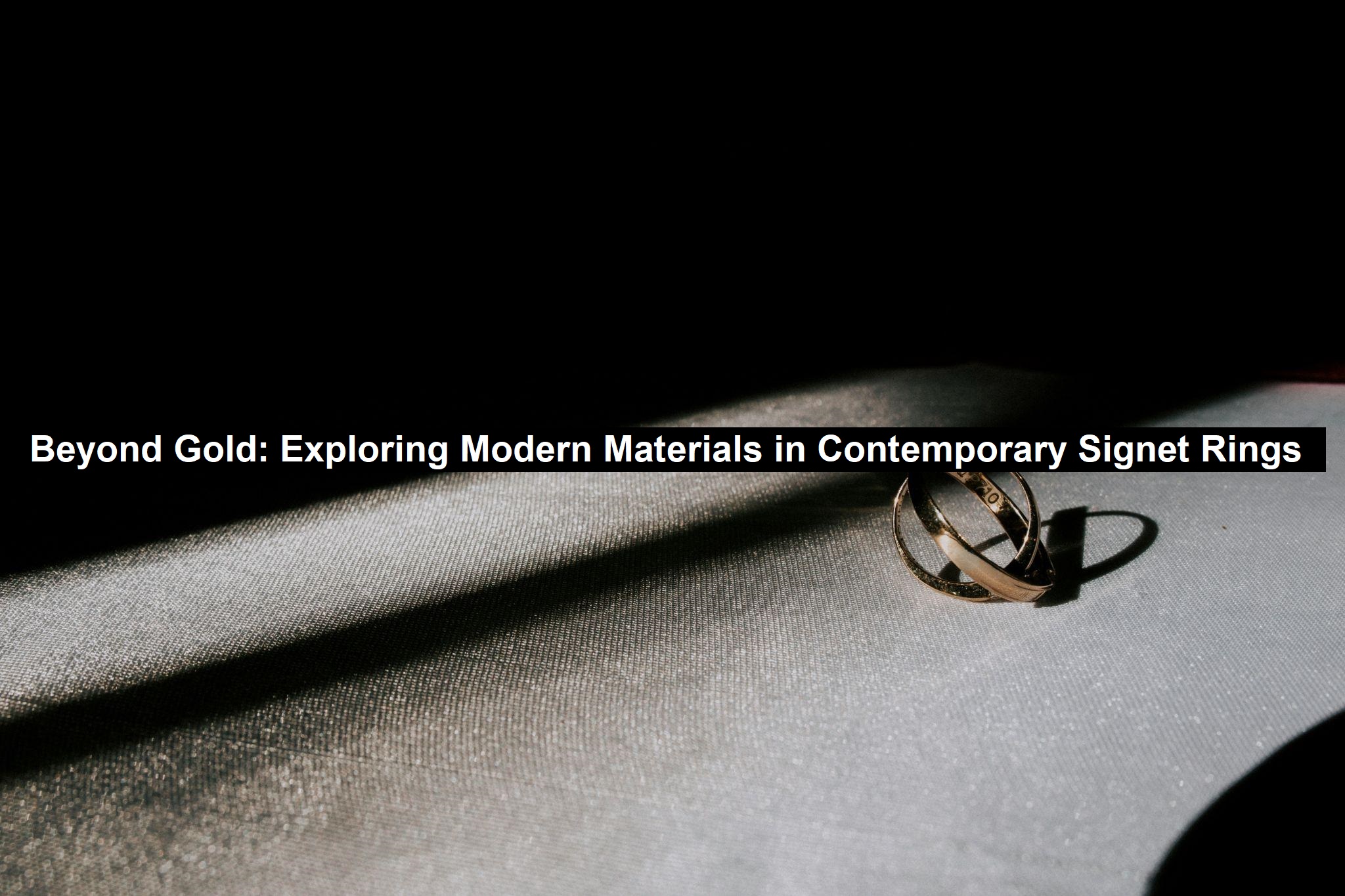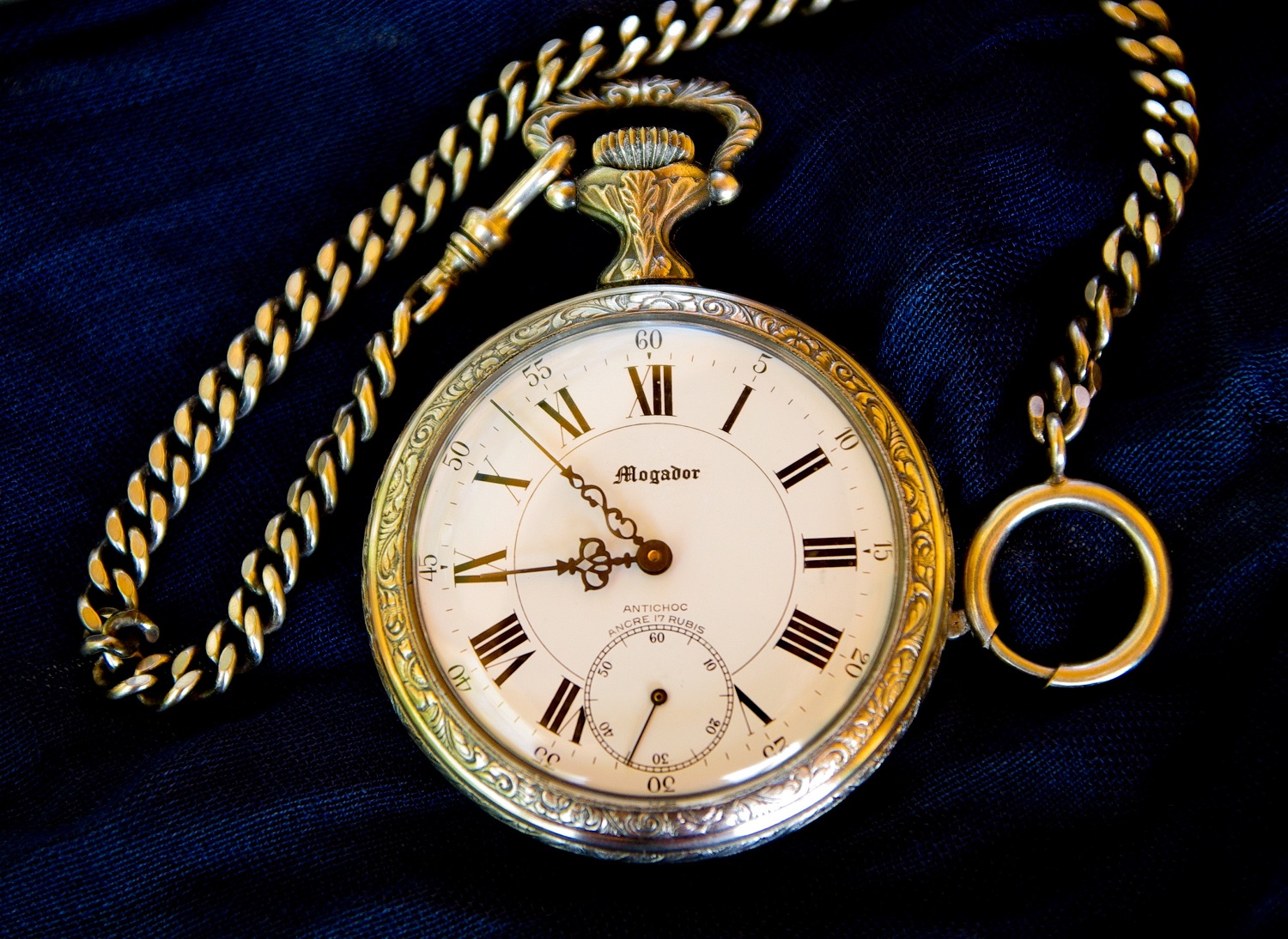Far Fetched Imports: Vintage and Full of Life
Richard Wolf established the company Far Fetched Imports in the ’80s, and its name comes from the nature of the artisans who craft this beautiful jewelry. When Sonoma State University student Richard Wolf had the idea to “travel far and fetch the unusual and upbeat,” it was during the 1970s-a time of significant changes in the US, culturally and politically. His journeys to off-beat tracks led him to Taxco, a city in the Mexican state of Guerrero. This would eventually lead him to create Far Fetched Imports.
Atache Hill, in the Taxco Mountains, is about 5,758 feet above sea level, and these villages outside of Taxco were built on its slopes. The area was a major mining center in pre-Columbian times. The Spanish founded a settlement in Taxco in 1528, and it grew out of an earlier Indian settlement (Tlacho) and the Spanish settlement.
An Abundance of Silver and Culture
In the 18th century, the city benefited greatly from the silver mines owned by the José de la Borda family, who had French ancestry. The city’s full name honors the 18th-century poet and playwright Juan Ruiz de Alarcón y Mendoza, who was born there.
The ancient art of silversmithing was revived in the 1930s by American William Spratling, who opened a workshop in Taxco and is one of the city’s main draws. So it was inevitable that a company dedicated to creating jewelry that seemed utterly out of this world would emerge, and that company is Far Fetched.
Richard Wolf found a community of highly skilled artisans and their families who required financial support despite their obvious talent. These craftspeople were poor, but they made beautiful, one-of-a-kind jewelry that the world needed to see. Sadly, their homes had dirt floors and only one or two bedrooms.
The prospect of making a living while also helping to improve the lives of these artisans and their families was highly appealing to a young man like Richard (keep in mind that this took place more than 35 years ago). Who wouldn’t want to showcase handcrafted jewelry and mixed metal pieces while benefiting from the business?
The History of a Most Notable Line of Vintage Jewelry Today
At that point, Richard’s time at Far Fetched Imports officially began. He didn’t mind taking a bus for an hour or hiking up rough terrain to find the people who made these unique items. Richard assisted in the wholesale distribution of abalone jewelry made by local artisans to customers on the West Coast.
In the early days of Far Fetched Jewelry, when exporting the local artisan jewelry from Taxco required Richard to travel with only hand luggage, the company never fully materialized. As a result, he returned with many suitcases of jewelry hidden among the donated clothes. Swirling record player rhythms echo through sun-drenched flea markets, a world in love with vintage where time dances to the beat of pre-loved treasures brimming with life. Richard also owned a camper, which he drove all over California to sell his artisan jewelry, some of which is now considered vintage.
The young man started a business making and selling artisan jewelry, which he retailed at flea markets and craft fairs and wholesaled to independent boutiques. After working with Disneyland, his first major client, he registered Far Fetched Imports and began operating out of his father’s basement.
The dramatic decline in the price of raw silver in the 1980s paved the way for sterling silver to once again become a popular metal for making fine jewelry.
During this time, Richard began using silver in his Far Fetched Imports line, and the company enjoyed a meteoric rise to prominence on the strength of its avant-garde products. Collars for the neck made by the esoteric jewelry brand Far Fetched quickly rose to prominence. Artisanal jewelry was sold everywhere, from boutiques to department stores. The modest group could take no more volunteers at this time. They turned down requests from Broadway Stores for more jewelry because production had reached capacity. Vintage charm meets modern edge in jewelry trends in pop culture, where once-loved pieces find new life as vibrant, layered stories.
Richard concluded that they would have to change to survive. The company hired an in-house designer to facilitate the incorporation of new ideas into the products. The plan was to use the traditional artisans’ unique talents to ensure a steady stream of fresh, innovative, and enduringly popular designs.
Richard’s colleague from Crown Corning, Evan David, made a 180-degree turn and dove right in. The name “Mex/West” was chosen to describe their debut offering as a duo. Each Mex/West line piece radiated an upbeat, positive vibe. Mex/West Far Fetched is a jewelry line that set out to celebrate the shared values of the West Coast and Mexico. At the New York Boutique Show, Richard debuted the display for the first time.
The History of Taxco
The historic, beautifully preserved colonial town is perfect for a weekend getaway or a day trip. You will be captivated by the city’s magnificent buildings, astounding artwork, and treacherous, winding cobblestone streets.
You can also find plenty of silver and explore many old buildings. There are literally hundreds of places to visit in Taxco to see precious metals, which you must do if you’re visiting. Because of its long history in the silver mining industry, the city is still regarded as a mecca for those interested in precious metals.
Taxco is one of the oldest mining towns in the Americas, and its silver reserves attracted early conquistadors. Taxco’s celebrated Silver Fair takes place during the last week of November to celebrate this precious metal (Feria Nacional de La Plata). Silversmiths, craftsmen, and artists can compete for the title of “best silver artist of the Fair” by showcasing their wares here.
After the Spanish conquest, only a tiny number of Aztec jewels were preserved as a reminder of the Aztecs’ expertise in silver mining in the Sierra Madre Mountains. However, whenared to the history of j
Spain arrived in Mexico in search of tin but instead discovered silver. Hernan Cortes, the Spanish conqueror, claimed the silver mines of Taxco de Alarcón in the early 16th century after realizing the great potential of the area’s natural resources. He had not even considered the possibility of a “silver revolution” at that point.
Taxco was already well-known on the European continent for its exquisite silver when it was established as a significant source of precious metals for Spain. The metal was snapped up by local artisans, who promptly put it to use crafting the exquisite silver jewelry so highly prized by the nobility of Europe.
Many of Taxco’s world-famous artisans started in the city’s countless workshops. One of Mexico’s most famous artistic exports is silver jewelry made in the city of Taxco, which is renowned worldwide for its impact of fashion on quality and beauty. Imagine if Spratling were present to witness this.
Now you can find silver jewelry made in Mexico anywhere, from the catwalks of Paris to the red carpets of Hollywood. Traditional goods used to be sold exclusively at local kiosks and folklore stores, but those days are long gone. A vintage velvet box, bursting with tarnished silver and sun-kissed gems, whispers secrets of bygone eras – your Jewelry Toolbox Essentials, full of life and stories waiting to be unearthed. Luxury retailers stock jewelry made in Mexico, which is worn by international celebrities and fashionistas. Quite an achievement, indeed.











